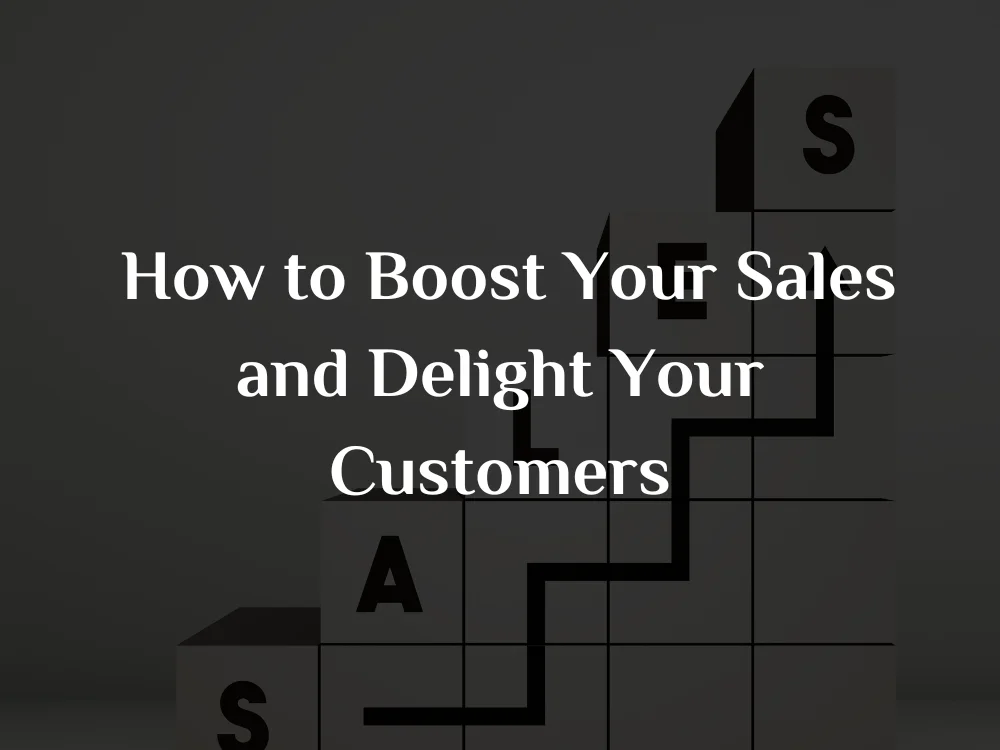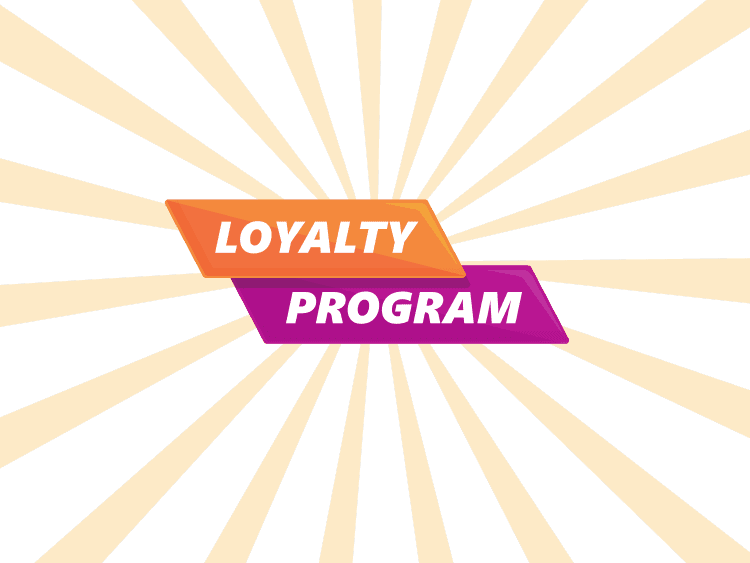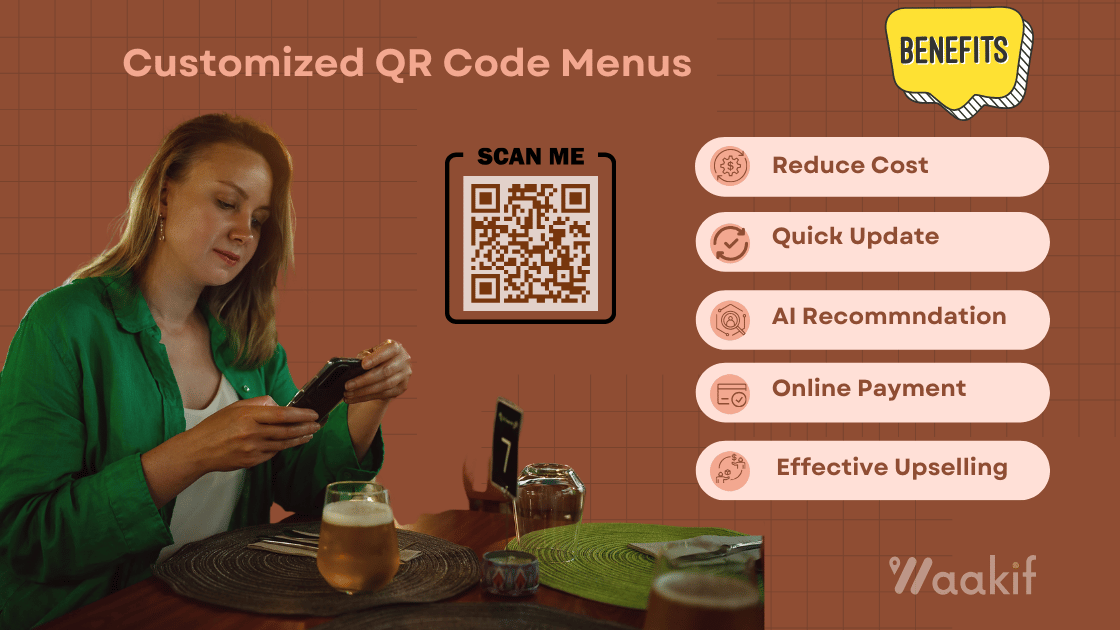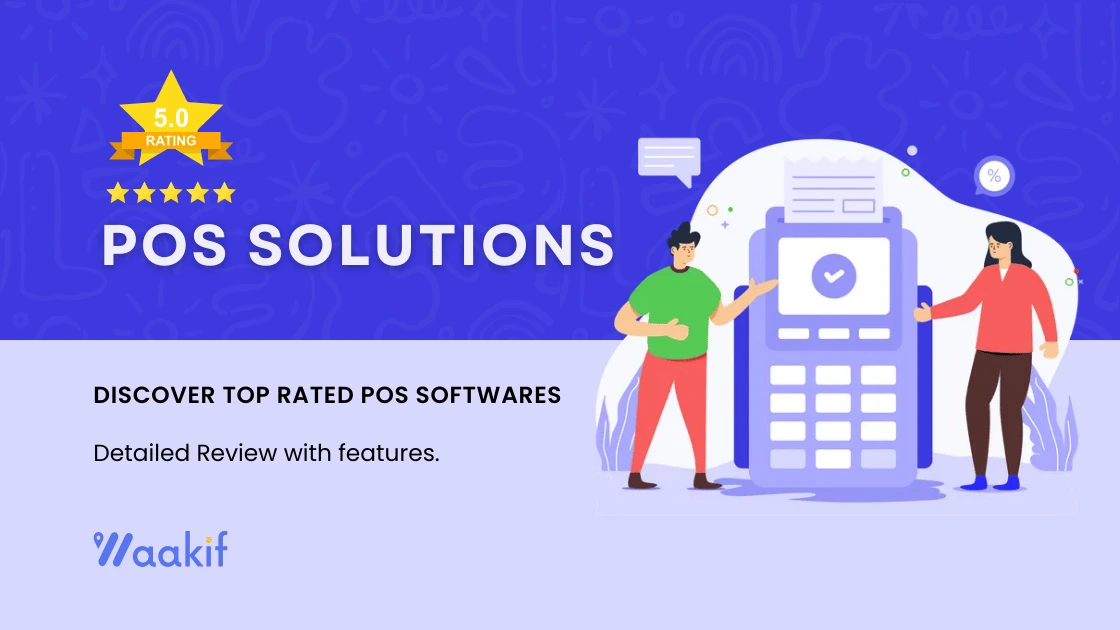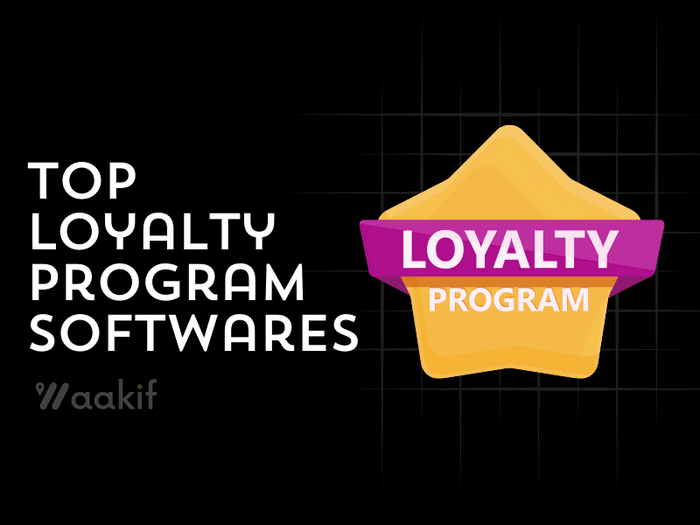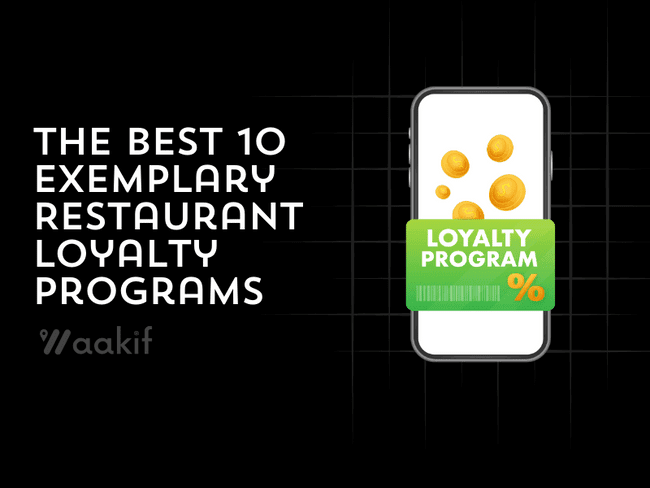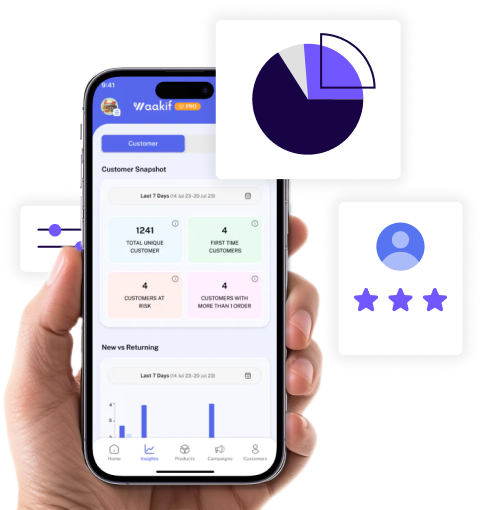Customer satisfaction is of prime importance in this highly competitive world where a vast sea of opinions is available for customers to explore. Along with customer satisfaction, generating revenue is another aspect that an entrepreneur pays close attention to. Revenue is the primary source of income for a business, and maintaining stable revenue with adequate profitability is the basic aim of most business units.
New techniques are emerging to boost sales and provide exceptional customer experiences. Upselling is a trendy technique. Enhance your upselling techniques by exploring our guide on how to start a cloud kitchen business and maximize sales performance.
What is upselling?
Upselling is a business strategy in which the seller tries to sell a more expensive or upgraded version of the product that the customer is willing to purchase. Upselling also includes selling a complementary product to the actual product the customer is buying. The complement leads to increased value for the business owner.
For instance, when purchasing a smartphone, a customer receives recommendations for phones with better storage and features.
Benefits of Upselling
- By encouraging the customer to purchase high-value products, upselling increases revenue.
- It improves the customer experience by providing better and more affordable solutions.
- Spelling recommends products based on customers’ preferences. This makes customers feel valuable and gains their loyalty.
- The profit increases as higher-value or complementary sprouts are sold.
8 Upselling Techniques to Boost Sales
So, the benefits of upselling are unwavering. Let us see some of the best upsell techniques that can generate greater returns for your business.
Customised recommendations
Analyze the customer’s purchasing pattern to understand their preferences. Personalize the recommendations to meet the preferences and needs of the particular customer. This analysis will help you recommend high-value products that meet your customers’ expectations while also generating greater yields for you.
For instance, a retailer may suggest a higher-quality lens to enhance the camera’s image quality.
Bundle offers
Offer package deals that allow customers to get benefits when they order complementary products together. This would be cost-effective for customers, provide them with satisfaction, and increase your revenue at the same time.
Offer package deals that allow customers to get benefits when they order complementary products together, as seen in these effective bundle strategies
For example, a customer purchasing a laptop is offered a bundle with a hard drive and laptop bag at a discounted rate.
Provide solutions
Offer solutions to the customer’s problems. Recommend products in a way that customers don’t feel that you are trying to solely make money. Communicate product benefits and how it can solve their problems.
For example, when a customer purchases a coffee machine, the seller may recommend a built-in grinder coffee machine that would streamline the buyer’s operation.
Create urgency
Create a sense of urgency in customers, encouraging them to buy quickly. Launch the limited-time offers and deals related to particular niche products.
For example, offer best-selling combos at a discount for 12 hours or create urgency with limited stock left.
Offer upsell discounts
Encourage customers by offering perks for upselling. Offer free shipping or a discount if the customer purchases a combo. This will encourage upselling.
For example, an e-commerce website provides complimentary shipping if the customer adds a premium version of their purchase to the cart, thus increasing the total order value.
Provide visual comparisons
Comparison helps in creating a better understanding. Visually showcase products side-by-side by showing the features and reflecting how the expensive option is better. This would lure the customers towards the better option.
For example, a restaurant can effectively demonstrate the distinction between a standard and a premium burger by showcasing the heightened level of satisfaction that the premium offering provides.
Recommend add-ons
Recommend smaller or lower-value products as add-ons to enhance the primary purchase experience.
For instance, at the checkout, a customer buying a new gaming console has the option to add extra controllers, a headset, or a subscription to a gaming service.
Train your sales team
Train your employees on the product line your business offers. Train them to upsell and persuade customers via conversation.
For example, in a clothing store, the staff recommends customers a leather jacket after they have tried the regular one by explaining how it looks more stylish and enhances their personality.
Conclusion
Upselling isn’t just about increasing revenue; it’s about delivering exceptional value to your customers. Mastering the art of upselling—whether it’s through personalized recommendations, irresistible bundle offers, or creating a sense of urgency—you can supercharge your sales while ensuring your customers receive the best possible solutions. The secret to successful upselling lies in understanding your customer’s needs and providing them with compelling options that enhance their overall experience. You can enhance the upselling strategy by grouping it with the other marketing strategies.
FAQs
1. Is upselling ethical?
Yes, but the focus should be on providing additional value to customers, not solely on earning more income.
2. When is the best time to upsell?
It is best to upsell when customers ask for advice about their purchase during the purchase process or after they have made a purchase.
3. How much more expensive will the up-selling product be?
When offering an upsell, aim for a price that is 25–40% higher than the original product. This ensures a reasonable upgrade without feeling too expensive.
4. What if customers get overwhelmed by upsells?
To avoid overwhelming customers, limit the upsells and offer only 1-2 recommendations based on the customer’s preference.
5. Is upselling only for expensive products?
You can apply upselling to any price range. The key is to offer enhanced value, regardless of the product’s original cost.
